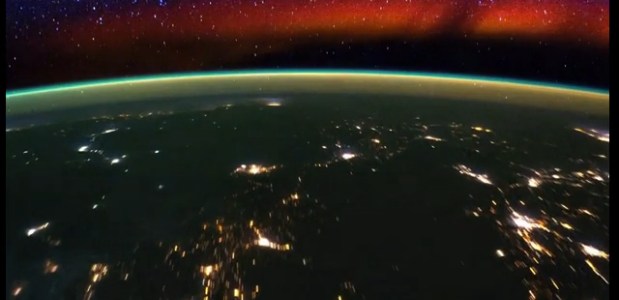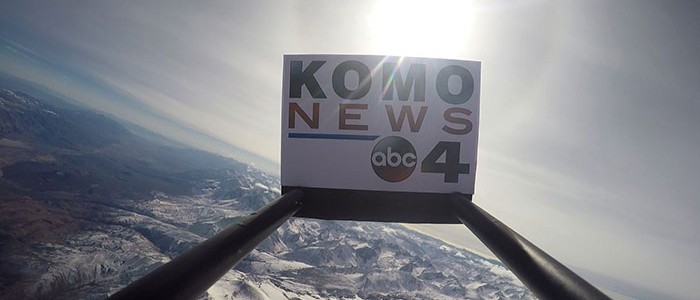Interesting weather images
-

This week marks the 5th anniversary of the tornado outbreak that devastated parts of Mississippi, Alabama, Georgia, Tennessee and Virginia. A total of 363 tornadoes were confirmed in 21 states and Canada, according to Wikipedia’s description here. Included in the count were four EF5 tornadoes, which were so strong that they scoured concrete off of…
-

April 22 was the 47th annual Earth Day, a celebration of the good Earth and a reminder that we need to take care of it. The blog at Weather Underground commemorated the day with a collection of their favorite photos from the past year here.
Posted in: Interesting weather images -

“Airglow” is defined as a luminosity or “glowing” given off by the Earth’s own atmosphere. Marshall Shepherd describes the science of airglow in a recent blog post at Forbes.com here. It turns out that what we think of as airglow (not to be confused with aurora) is actually a collection of several different phenomena. Jason Samenow…
-

On my Facebook feed today from the World Meteorological Organization was this incredible photo taken in Alexandra, New Zealand, on Thursday. The thick layer of high cirrostratus cloud combined with some lenticular clouds – which are caused by a strong northwest flow over the Alps – create an eerie spectacle, which is illuminated by the…
Posted in: Interesting weather images -

Satellite data is the single most important source of weather data used to input into weather forecast models, providing millions of points of information that help to make forecasts accurate. And yet there was a time when there was no man-made satellite looking down on the earth. April 1, 1960 was the first date that…
-

KOMO TV posted a fascinating video of a weather balloon making a 22-mile high flight through the atmosphere and falling back to earth. You can see it here. As a meteorologist, though, I am even more fascinated by the temperature profile that the balloon travels through. It shows not only the temperature decreasing with height…
-

LiveScience posted an interesting story and video today on how changes in climate have affected past civilizations. The 3-minute video focuses on the impacts of the Little Ice Age, a time when the earth was about 1 degree F colder than present due to decreased solar radiation and higher volcanic activity. Some civilizations adapted easily…